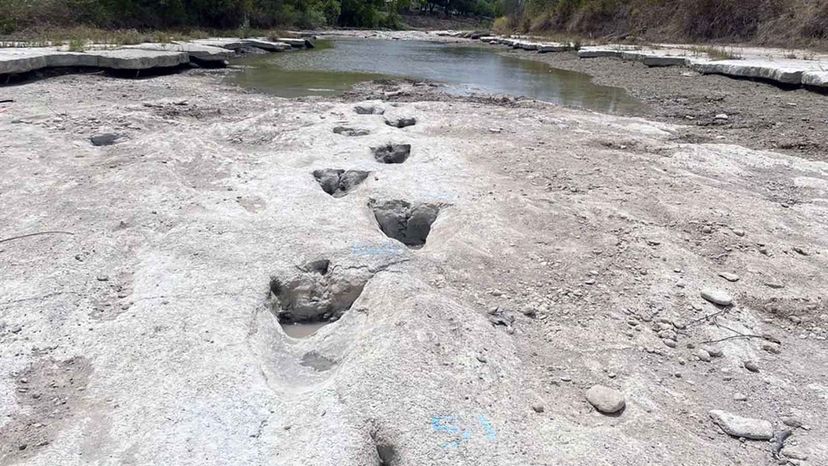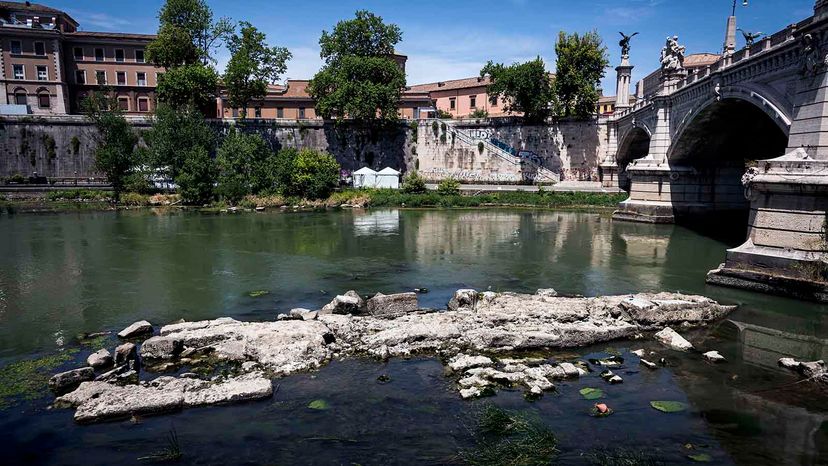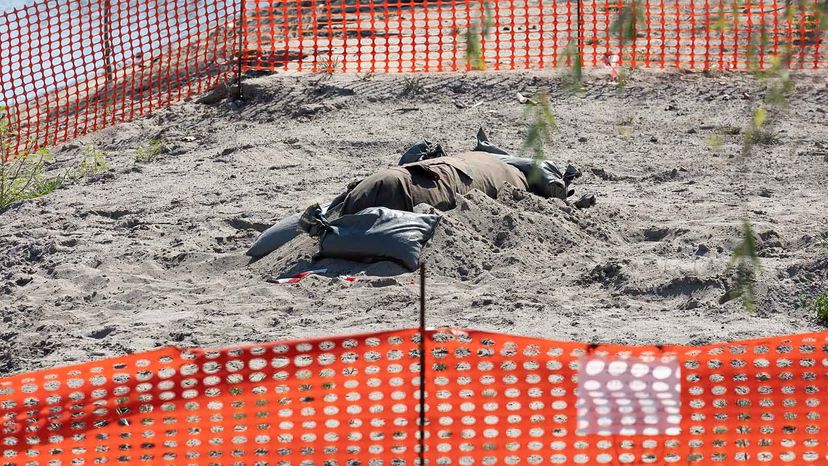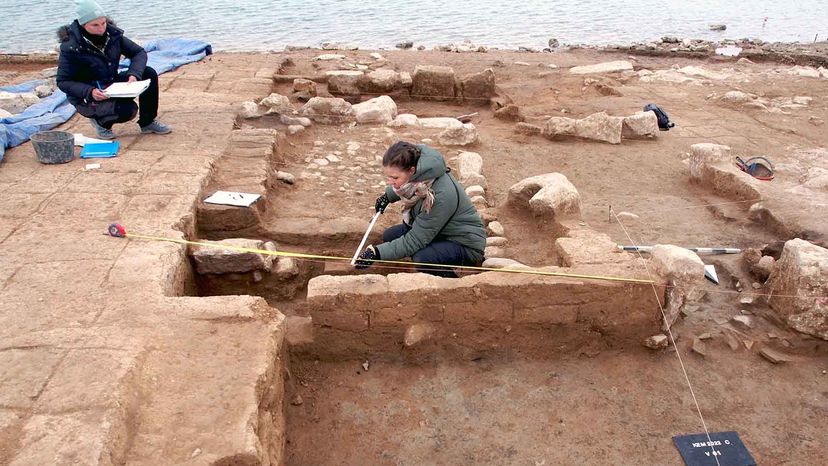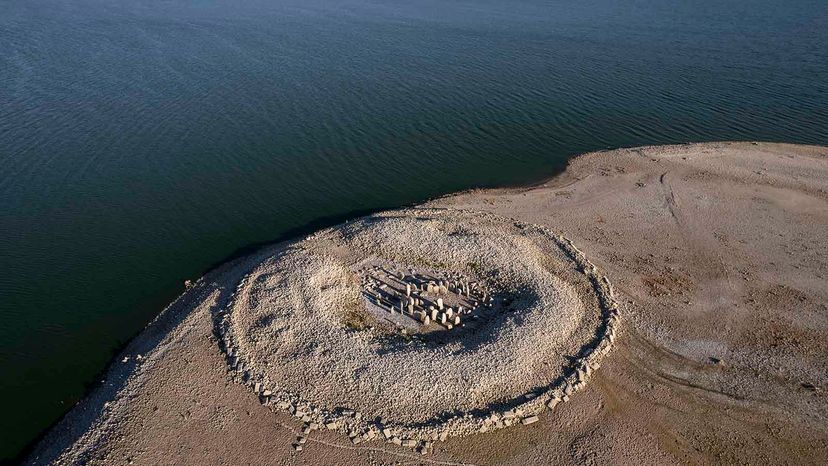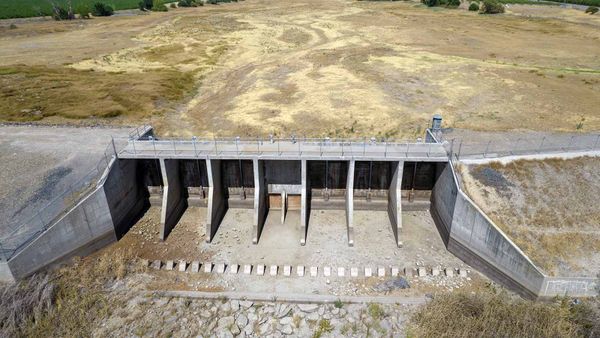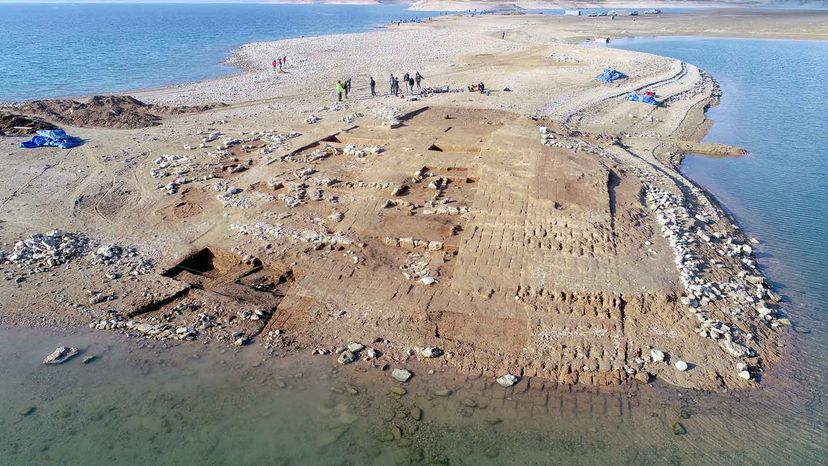
Key Takeaways
- Droughts around the world are revealing ancient relics and ruins, including dinosaur tracks in Texas, Buddhist statues in the Yangtze River and Nero's ancient Roman bridge in the Tiber River.
- The receding waters of rivers, lakes and reservoirs, caused by climate change-induced droughts, have uncovered a variety of historically significant artifacts, from a 1,000-pound World War II bomb in the Po River to the lost city of Zakhikuan in Iraq.
- These discoveries highlight the unexpected ways in which modern environmental challenges can provide new opportunities for archaeological and historical research, offering insights into past civilizations while reminding us of the ongoing impacts of climate change.
Rising global temperatures fueled by climate change have caused catastrophic droughts from Arizona to Iraq. Lake Mead just outside Las Vegas, for instance, is the reservoir spanning the border between Arizona and Nevada, and the largest by volume in the U.S. According to the U.S. Bureau of Reclamation, Lake Mead was just 28 percent full Sept 5.
Lake Mead has landed in the headlines, not only because it is receding, but also because of what of what's been uncovered since: five sets of human remains.
Advertisement
Experts believe there could be more remains still submerged, most of which are likely innocent drowning victims, but it's almost certain there are a fair number tied to crimes, as well. On a less nefarious note, officials also discovered an unapproved boat ramp in the lake in August.
Lake Mead isn't the only body of water that's dried up and revealed some strange, hidden ruins and relics this summer. Take a look at some of the other surprises that were uncovered around the globe when the heat rose and the water receded.
Advertisement
